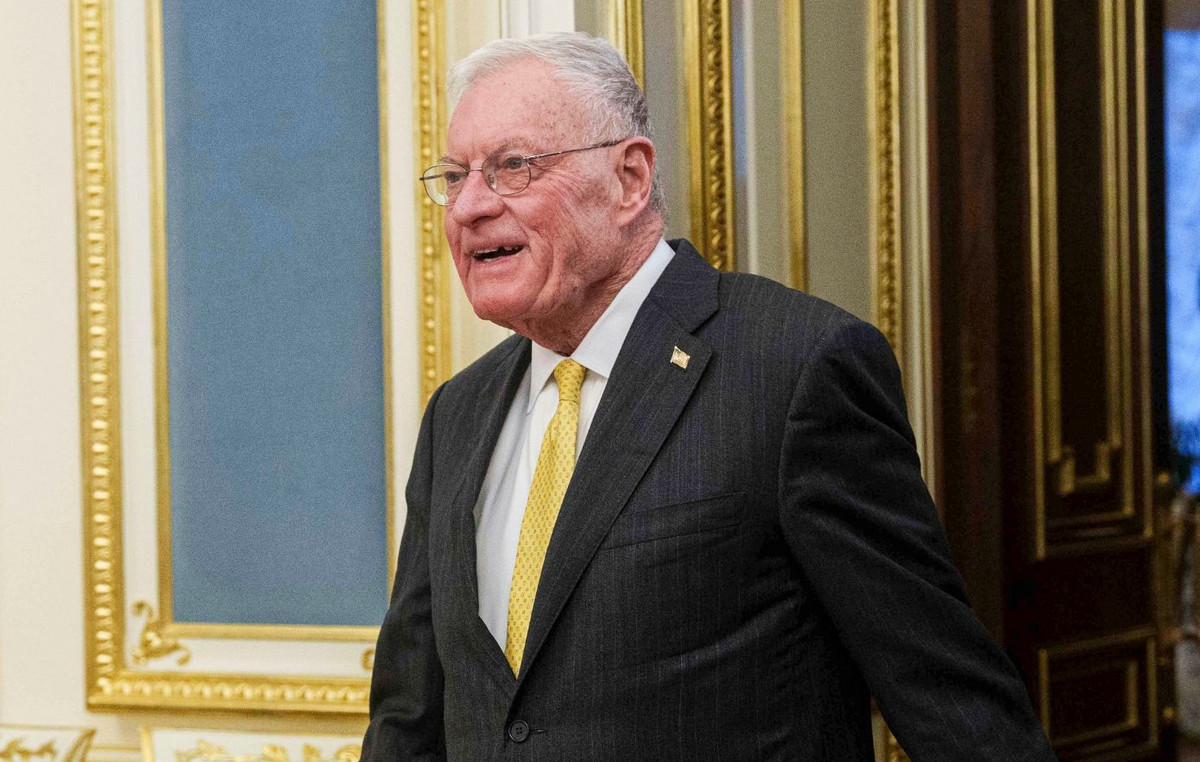Hamas accepts a UN resolution supporting a plan to end the war with Israel in Gaza and is ready to negotiate details, a senior official from the Palestinian militant group said on Tuesday (11), in what the Secretary of State of the USA called it “a sign of hope”.
Talks about plans for Gaza after the end of the Israel-Hamas war will continue this afternoon in the coming days, Secretary of State Antony Blinken said in Tel Aviv after talks with Israeli leaders. “It is imperative that we have these plans.”
Blinken met with Israeli officials on Tuesday in an effort to end Israel’s eight-month-old air and ground war against Hamas, which has devastated Gaza, a day after President Joe Biden’s proposed truce was approved. by the UN Security Council.
Before Blinken’s trip, Israel and Hamas repeated hard-line positions that undermined previous mediation to end the fighting, while Israel continued attacks in central and southern Gaza, some of the bloodiest of the war.
On Tuesday, however, Sami Abu Zuhri, a senior Hamas official based outside Gaza, said he accepted the ceasefire resolution and was ready to negotiate the details. It was up to Washington to ensure that Israel complied, he added.
He said Hamas accepted the formula that stipulates the withdrawal of Israeli troops from Gaza and the exchange of hostages held in Gaza for Palestinian prisoners held in Israel.
“The US administration faces a real test in fulfilling its commitments to force the occupation to immediately end the war, in implementation of the UN Security Council resolution,” Abu Zuhri told Reuters.
Blinken said Hamas’ statement was “a sign of hope” but a definitive word from Hamas leadership inside Israeli-besieged Gaza was still needed. “That’s what counts and that’s what we don’t have yet.”
Source: CNN Brasil
Bruce Belcher is a seasoned author with over 5 years of experience in world news. He writes for online news websites and provides in-depth analysis on the world stock market. Bruce is known for his insightful perspectives and commitment to keeping the public informed.







